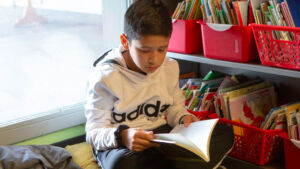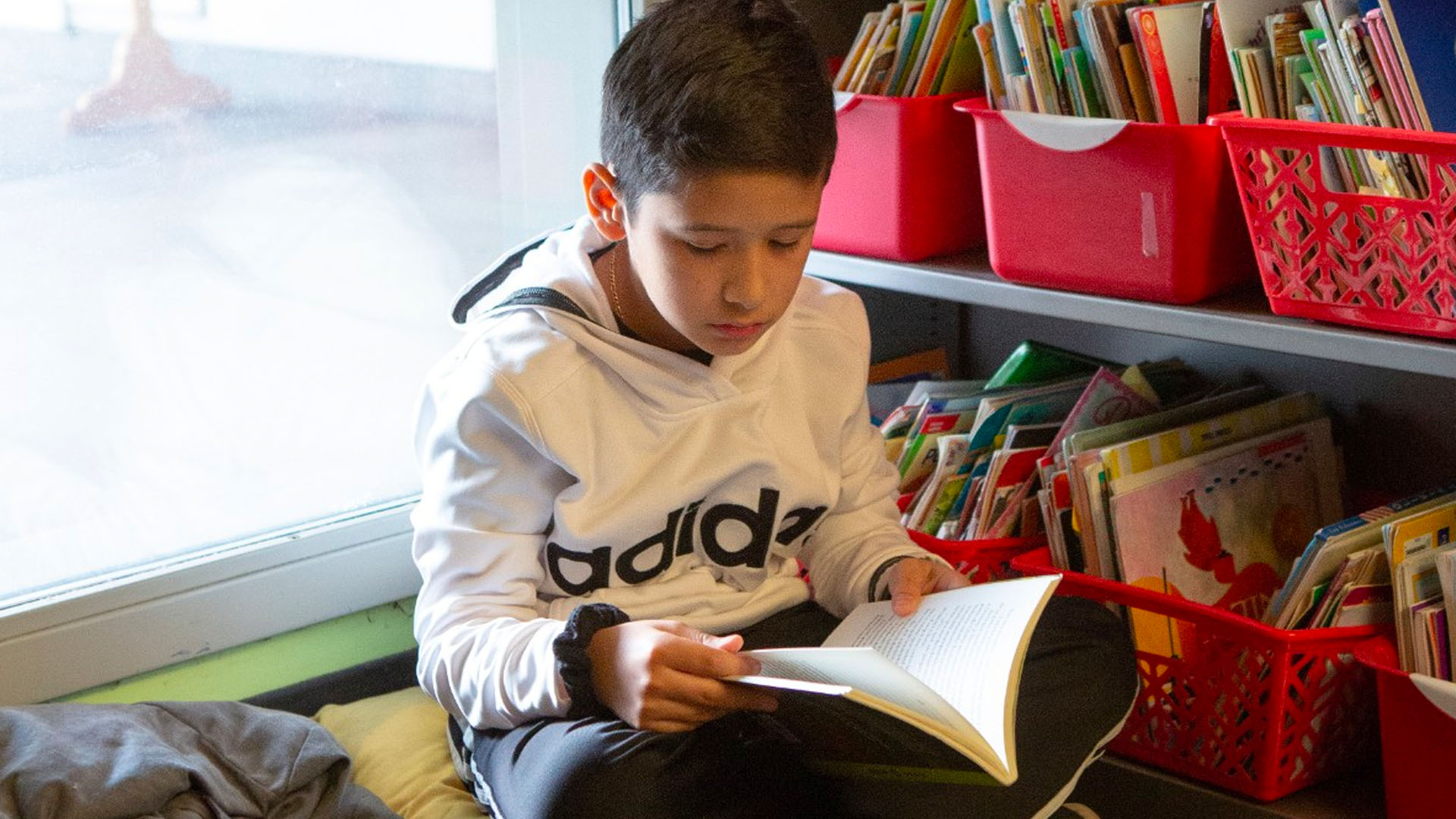The power of pre-reading strategies is in how it sets up our students for a successful reading experience. Sometimes pre-reading is referred to as Activating Schema. As mentioned in an earlier column, recent brain research has proven that learning happens when we connect new information to what we already know. In other words, we activate what we already know and connect new learning or new information to it. We are setting our students up for success by priming the pump, getting them ready to make connections. Read Around the Text is just one of the ways that students can connect to prior knowledge. KWLs or KWNs and Anticipation Guides are two additional ways to get students thinking. KWLs are fairly well known in the education world. We ask our students three questions.
- What do you already Know about this topic?
- What do you Want to know about this topic?
- What do you think you will Learn about this topic?
I like to use a slight variation. The first 2 questions remain the same. The third has a slight difference. Instead of asking my students what they think they will learn, I ask them to think about What they Need to Know about this topic. Thinking in terms of “Need” makes it feel more immediate, more imperative. I feel like I am asking my students to take ownership of their learning with this question. Here’s a sample KWN chart. As well known as KWLs are, that’s probably enough on that particular strategy.
I feel like I am asking my students to take ownership of their learning with this question.
Anticipation Guides were not the first pre-reading strategy that I latched on to, but one that I have come to appreciate. I appreciate how they help my students connect to what they previously know about a subject or topic by forcing them to face their preconceived notions, or their biases, on an idea before they expand their knowledge. An Anticipation Guide usually offers 4 to 5 statements on ideas that students will encounter while reading– usually a chapter, a passage, or an article– and asks students to consider whether they agree or disagree with each statement. I especially like to use this strategy when I ask students to think about how they read non-fiction.

For both my first and my second year Library Media students, I have them read an article for parents on how to help their children learn to read and appreciate non-fiction. I know that my students are not parents yet, but I like how the articles offer practical advice, much of which we covered in an earlier column on Reading Around the Text. Both articles talk about examining non-fiction features such as glossaries, indices, tables of contents, charts, maps, graphs, images. Before they read, I ask my students to think about such things as whether or not younger children prefer non-fiction to fiction, whether or not you can be taught how to read non-fiction, whether or not non-fiction MUST be read cover to cover. Then, after they have thought about these things, I ask students to read the article. Here are two sample guides you can adjust for your needs (1 and 2). Several years ago, I heard other educators talking about the need to expose our students to real-life non-fiction writing in our particular areas of study- scientific journals, scholarly articles, case studies, lab results. For me, in the library, that would be the Book Reviews that I look at when considering a purchase. Before asking my students to simply read a book review, I prime the pump for them. I use an anticipation guide to help them better prepare for what to expect. For their first encounter with a book review, I only ask them to examine one review, followed by a short response from the author. I ask them to consider a couple of general statements such as “Some authors specifically chose to write for teens.” and “Non-Fiction is irrelevant to teens.” Followed by a more direct statement “Reading a Book Review could help me decide whether or not to read a book.” This allows me to help my students face reading in my content area. Another example of professional, real-world reading in the area of the library was an article I came across on reading aloud to teens. I wanted to know what teens thought about the idea; however, before I had them read, I wanted to get at some of their biases about being read aloud to. Did they think it was only for younger children? Did they enjoy it when teachers read aloud to them? After completing the anticipation guide, I had students read the article, then I had them return to it when they finished to re-examine some of their thoughts about reading aloud. I would encourage you to think about some of the reading that you do in the area in which you teach. Have you come across an article that brought up an idea that you wonder how students would respond to it? Has there been an exciting discovery in your area that you would love to share with students, but you are concerned that the information might be a bit challenging or technical? What could you use with your students, and how could an anticipation guide help you set them up for success? Anticipation Guides allow me to offer my students something to focus on when reading a more challenging piece of nonfiction. They allow me to help them begin connecting new learning to what they already know. They allow me to help my students realize opinions that they may already hold concerning a particular idea. They offer me the added benefit a built-in After-Reading Strategy; a strategy that helps with standardized test prep, as it asks students to re-examine the same 4 to 5 statements after reading the article and to decide whether or not they still think the same and offer evidence from the text to back up their thoughts. I hope you will join me in priming the pump for student success with yet a couple more pre-reading strategies for students.
Resources
Please login or register to claim PGPs.
Alternatively, you may use the PGP Request Form if you prefer to not register an account.



